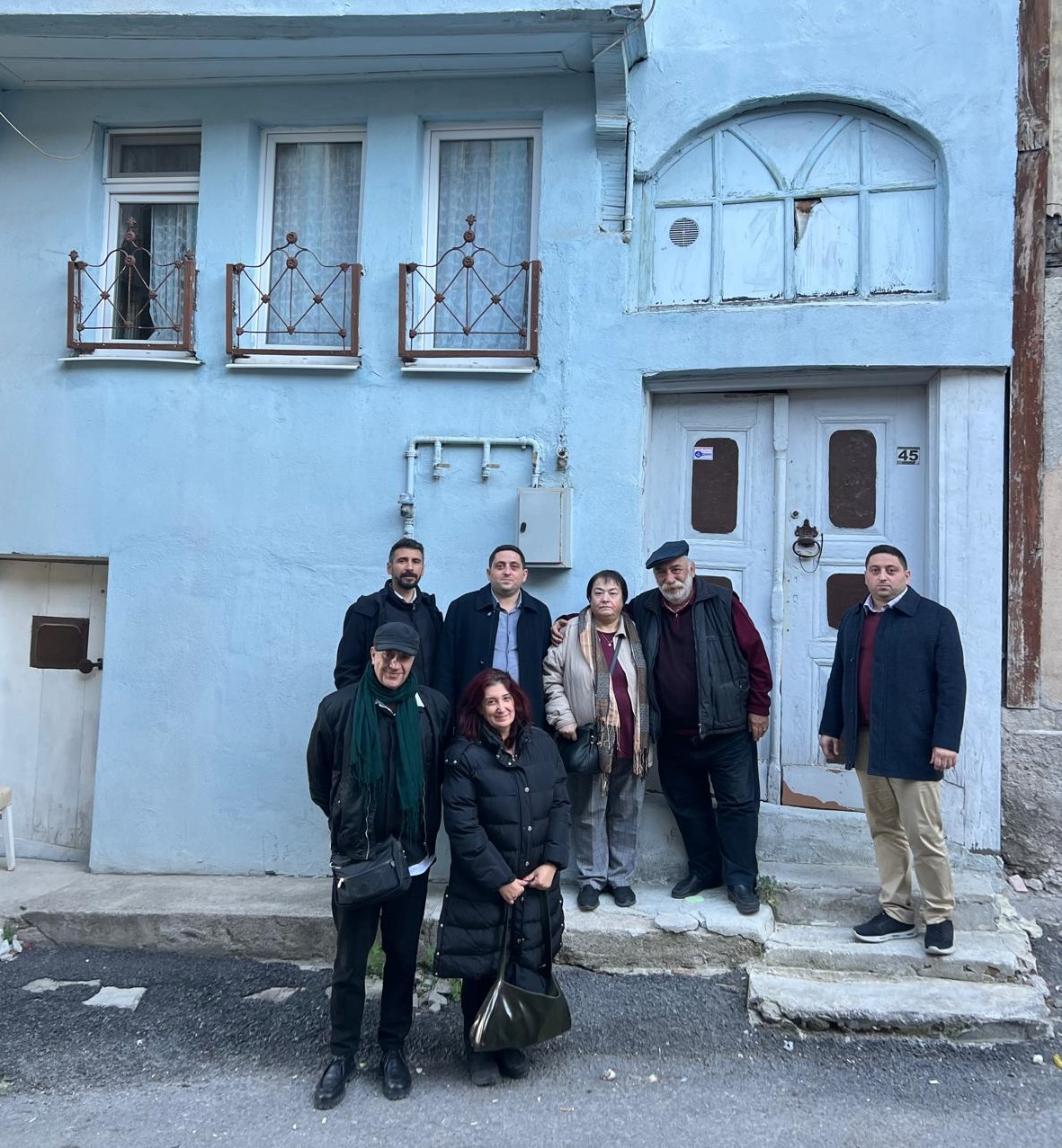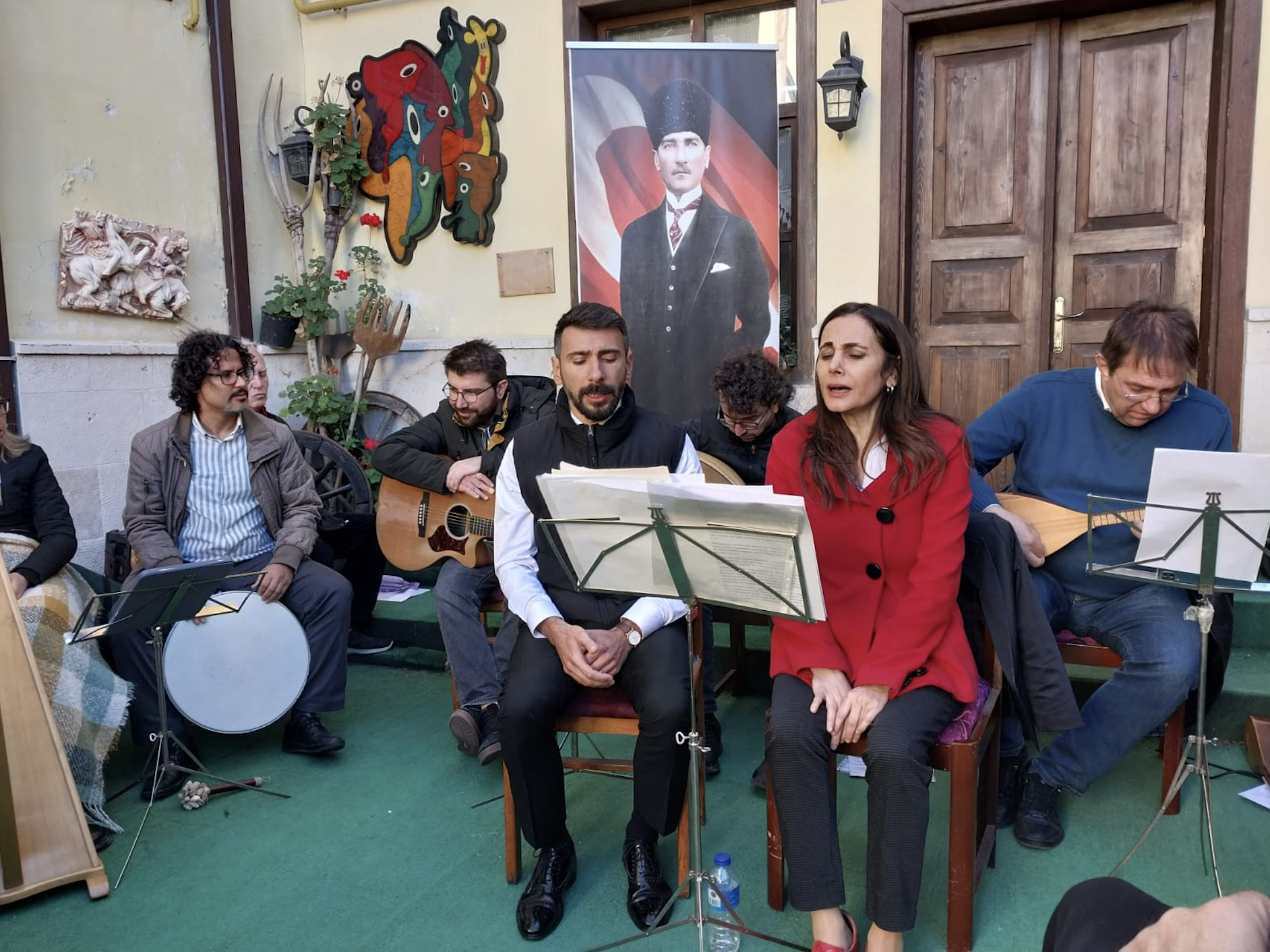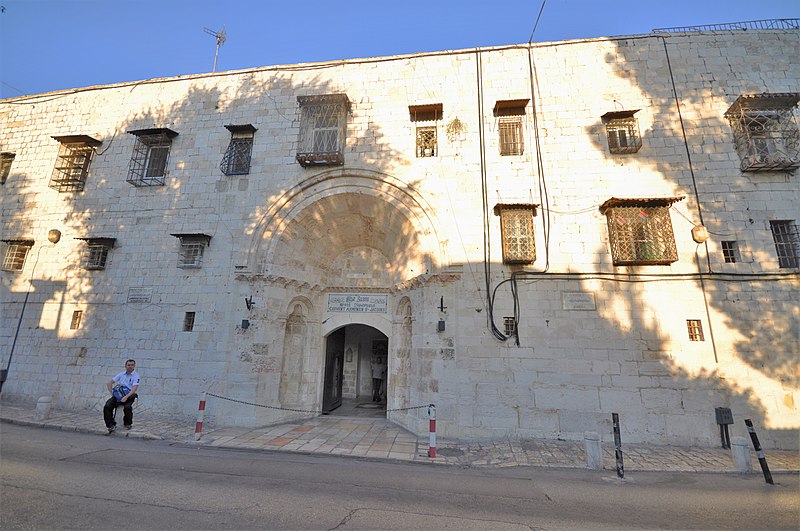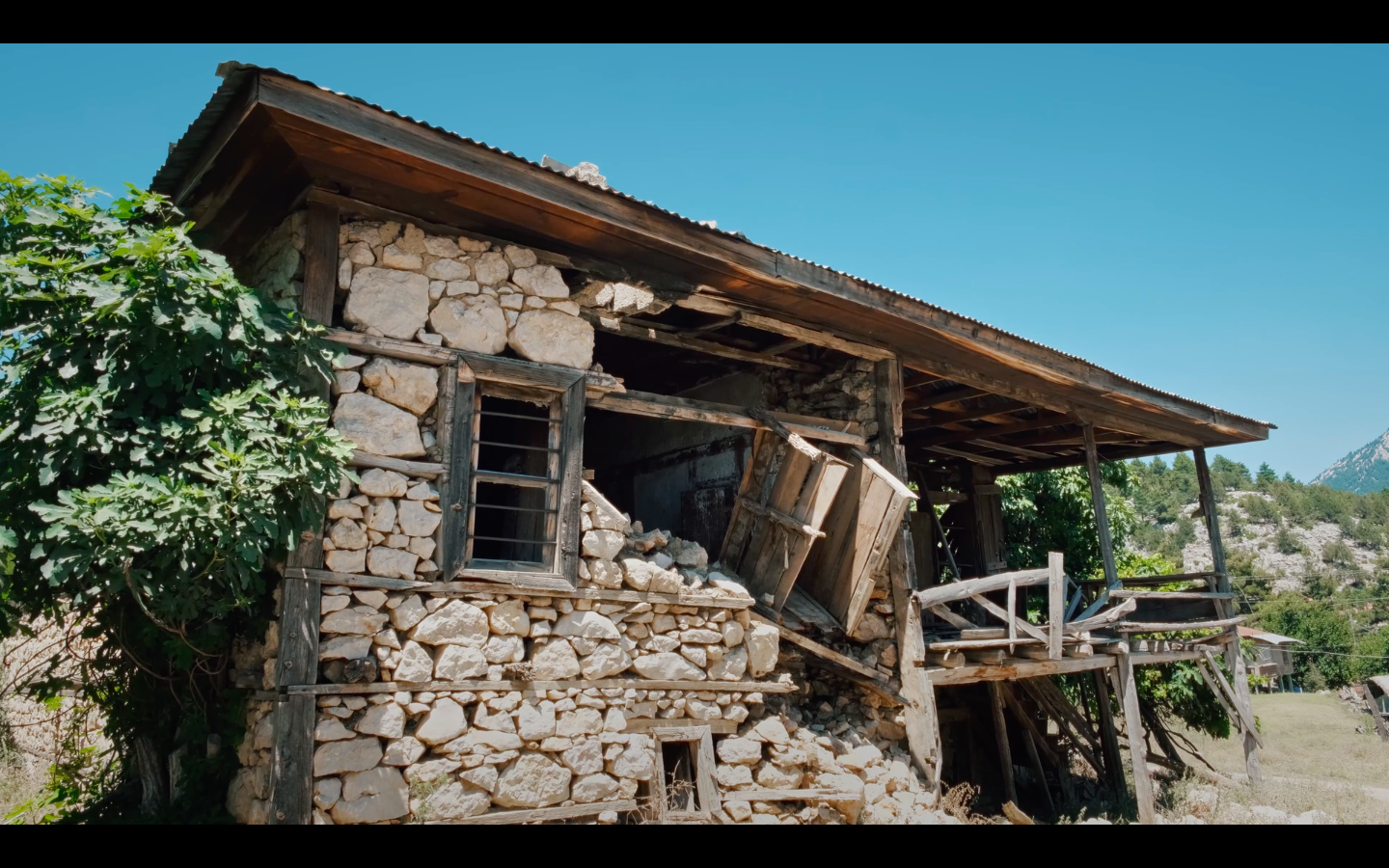October 20, 2024 was recorded in the city memory of Kütahya as the day that priest Gomidas was remembered publicly for the first time in his birthplace. Gomidas begins his autobiography with the lines, “I was born on September 26, 1869 in the city of Gudina (Kütahya) in Asia Minor, they named me Soğomon.” Based on this document, many Armenians in the past went to Kütahya to see the city where Gomidas was born, and if they could, even the house where he was born. This time, we hit the road to Kütahya as a guest of the Kütahya City Council History, Cultural Heritage and Local Values Working Group.
The high-speed train departing from Istanbul and arrived at Kütahya Station after a journey of approximately five hours, we were greeted by a minibus prepared by the organization committee. When we arrived at the Kütahya Art Association mansion after a short journey through the city, we were greeted by association members and council official Ahmet Sunal. Right after us, musicians from Ankara, led by Prof. Cenk Güray, a faculty member of the Ankara Conservatory of Hacettepe University, joined us to participate in this event.
Immediately after the dinner organization in the association’s premises, we went down to the garden of the mansion. Here, Ahmet Sunal gave a short ‘welcome’ speech and then handed the microphone to the association’s founding president, painter Bayram Yıldız. Yıldız also expressed his pleasure that the commemoration was being held in their association. Then, a short speech was made by CHP Deputy Chairman and Regional Minister of Health Zeliha Aksaz Şahbaz. The event began with the screening of Abdullah Ulunay Türkkan’s short film ‘Kütahian Gomidas and the Secret of a Painting’. ( Kütahyalı Gomidas ve Bir Tablonun Sırrı’)
In this film, Türkkan skillfully transferred a photo, which showing Gomidas and the famous painter Panos Terlemezyan together, to the Kütahya cityscape. Türkkan reflected the period when Gomidas visited his hometown and relatives years after he left the city with these collage images.
After the collage images, a well-known painting by Panos Terlemezyan was reflected on the screen. In this painting, Gomidas Vartabed is sitting on the ground with his back to a tree, and is probably recording the melodies he hears on the papers in his hands. The general opinion about the painting was that the landscape was taken from Kınalıada. However, Abdullah Ulunay Türkkan explained that he learned that this general opinion was wrong as a result of his research and that the painting was created in Kütahya. Another name supporting this view was Ali Kehribar, who was also the Kütahya Representative of Cumhuriyet newspaper. Kehribar had guided names such as Kenan Yenice, Zakarya Mildanoğlu and Antoine Agoudjian in Kütahya in the past years.
After the film screening, the event continued in the garden of the mansion. Here, Prof. Cenk Güray explained the process of meeting the name Gomidas: “We all know about Gomidas' art in the conservatory. The doctoral thesis of dear Duygu Güvener, who is with us today, is also about the music of Gomidas Vartabed."
After these explanations, I also took the podium to make a speech. The first Armenian words that came to my mind were the first lines of Gomidas' autobiography. Then, I touched on the meaning of a city's reunion with its lost child. I said that this lost child had gained international fame over the years, but his fellow contryman were not aware of this. I touched on the importance of this return that took place after 155 years. Then, the musical part of the event began.
Audience surrounded the guest artists with great enthusiasm
In this part, Murat İçlinaçla and Duygu Güvener performed Gomidas' works as vocalists, while Miyase Örümlü performed the ney, İsmet Karadeniz the rebap, Mesude Elif Güngor Sarıkaya the harp, Alişan Budak the oud, Caner Bektaş the guitar, Mustafa Göçer the percussion instruments and Cenk Güray accompanied the duo with the cura and abdal saz. Following a composition dedicated to Gomidas, the artists presented a repertoire consisting of the priest's well-known works. At the end of the performance, Prof. Güray introduced the artists one by one. After the concert, the audience surrounded the guest artists with great enthusiasm and shared their happiness that this meeting, albeit belated, took place.
At the end of the event, a short city tour was held and the house, where Gomidas was born, visited. Association officials said that the participation reached a record in terms of the association's history, and that some people from Kütahya had to follow the event from the street. In the meantime, it is worth mentioning that Kütahya has a very rich inventory of historical houses.

Unfortunately, although examples of civil architecture have survived to the present day, it is not possible to say the same for the Christian places of worship in the city. There is no trace left of the Armenian Surp Asdvadzadzin (Virgin Mary) and Surp Toros churches, which we know from historical documents. In contrast, the Greek church, located on a high point of the city, has survived to the present day with its outer walls and magnificent bell tower intact, although its interior is in ruins. According to the testimony of the people of Kütahya, many visitors from Greece come to see this dilapidated church, especially on the church's name day.
The long Sunday ended with a return trip to Istanbul late at night. What remained in our minds, in addition to many beautiful memories, was the wish frequently expressed by the people of Kütahya who attended the event, "We hope we can repeat this meeting every year."





